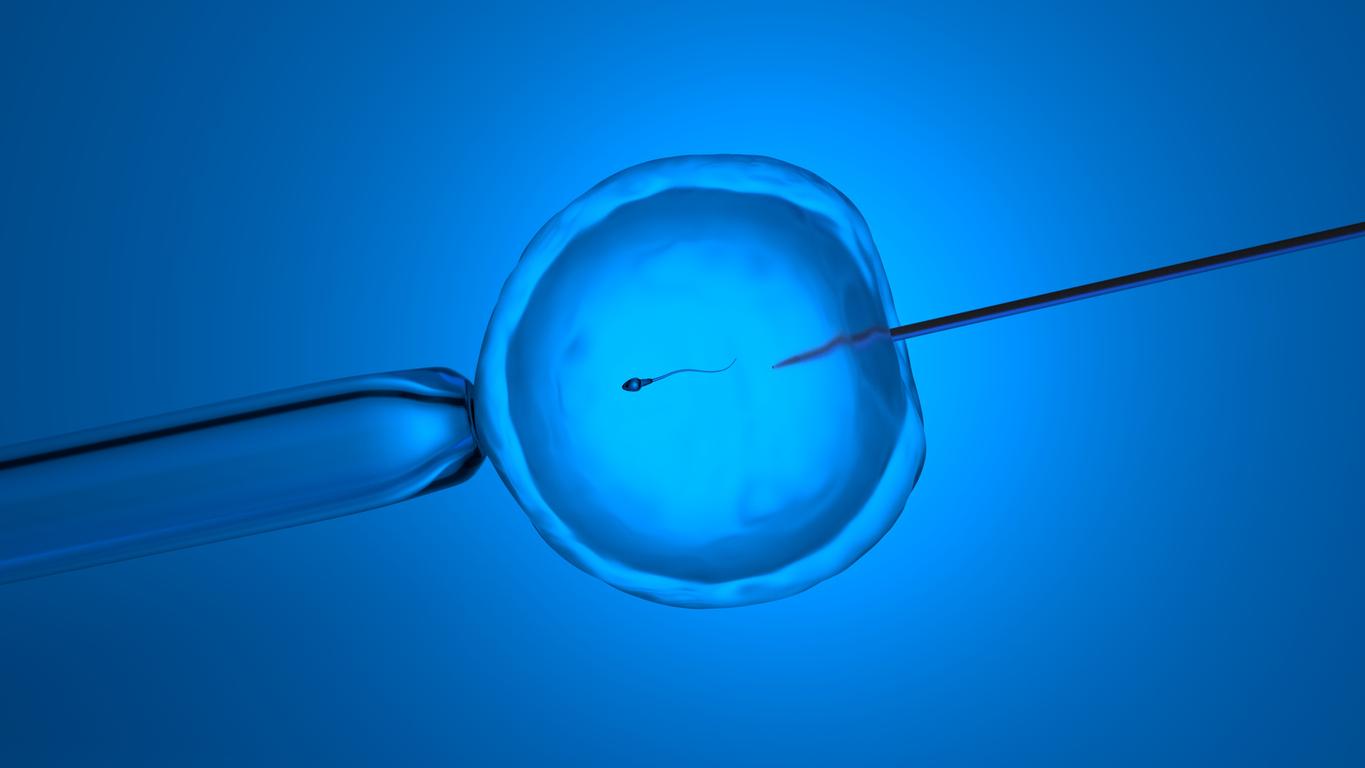
French and German researchers looked at spermatozoa and identified a potential new cause of male infertility, linked to a defect in ” manufacturing “.
Flagellar beat and fertility
The structure of the sperm consists of two parts: the head and the flagellum (tail). The latter is essential for the sperm to swim to the egg to fertilize it. The cells of the human body have a cytoskeleton, itself made up of microtubules. These tiny tubes are present on the surface of the flagella and are involved in particular in cell transport and mobility. Indeed, the flagella allow the sperm to move in an organized and precise way and not in an anarchic way. For their research, Franco-German scientists analyzed the structure of the flagellum using an unconventional technology: cryo-microscopy. Unlike a conventional light microscope, which uses a beam of light, an electron microscope uses an electron beam to observe a sample. Researchers have identified a change in enzymes in the protein tubulin (the protein that makes up microtubules) called glycylation. This phenomenon is necessary for the coordinated beating of sperm and leads to male fertility. In the absence of glycylation, the trajectory of the sperm is compromised because their tails do not beat properly. Therefore, they swim in circles. This is the observation made by the team of Carsten Janke, the research director of the CNRS ” We observed functional defects in the sperm of mice lacking glycylation, which resulted in reduced fertility. Similar defect in men could lead to male infertility “.
The causes of male infertility
According to Inserm, one in eight couples has to consult, due to difficulties conceiving a child. The causes of infertility are, in three-quarters of cases, of male or female origin or associated with both sexes. The medical care is a precious help for these couples, in particular thanks to the medically assisted procreation, which makes it possible to ” bypass most difficulties “. The most common causes of male infertility are testicular failure such as azoospermia (absence of sperm) or oligospermia (low amount of sperm) and sexual dysfunctions, such as erectile dysfunction or erectile dysfunction. ‘ejaculation. The stakes of scientific research are high, since up to 25% of infertility cases are unexplained. It is therefore essential to “ better understand the underlying genetic and environmental factors “.















